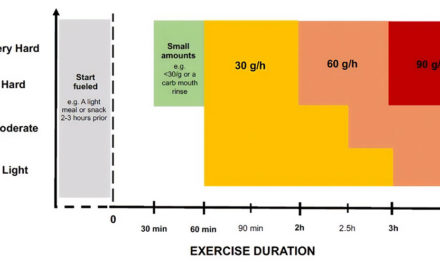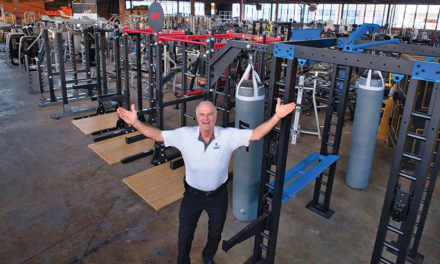We talk a lot about staying focused while training and especially racing. Mental focus, also known as toughness, is one of the main things that separates the middle of the pack and upper-level athletes. Instead of trying to block out the pain, great athletes are constantly focusing on some part of their performance and taking mental assessments of their body and exertion to lessen the pain without letting off the gas.
For years we have offered up a mental checklist for cyclists to go through so they could work to reduce perceived exertion while maintaining the effort. So we figured it was about time to show some love to our runners and come up with a checklist for them as well. While there are similarities, the mental checklist for runners is quite different.
The order in which you roll through the points isn’t all that important because you should constantly be going through each point one after another. Most revolve around mechanics but are great reminders when you are tired.
Here is what we tell our athletes:
QUICK • PUSH • LOOK • POP • LEAN • BREATH • FUEL
QUICK off the ground (keep cadence consistent)
PUSH backward (optimize stride length)
LOOK 10 yards out on the ground, not the horizon (keeping the spine neutral)
POP the elbows straight back (powering the opposite leg drive)
LEAN from the ankle (not from the waist up)
BREATH mically and from the abdomen (play around with different rhythms)
FUEL the machine (that includes fluids, electrolytes, and carbs)
For ultra runners, we add in an 8th.
IMPACT Reducing (really redirecting) impact on the legs. This can be the difference in making it to the finish line or a DNF. It’s not the uphills you have to worry about, it’s the downhills! Once the legs are fatigued from impact, there is no coming back. Remember, 6 miles on a treadmill, concrete, and technical trails are entirely different levels of impact on the body. The impact can be adjusted in several ways. Things like wearing more cushioned shoes, utilizing a squattier downhill running technique, and avoiding too much jumping can all delay the time to muscle fatigue.
You can use each of these things to try to remedy issues on the fly. Play around with different cadences and stride lengths. More lean means more forward propulsion and less wasted vertical movement when running. Breathing can be the source and the solution for cramping, high perceived exertion, etc. And you never want to forget about fueling consistently if you are going long.
TRUST YOUR TRAINING
Dale Sanford is the co-founder of BPC Performance, Inc. and has been coaching endurance athletes all over the world since 2009. From first-timers to world championship competitors and everything in between. Dale is also BPC’s bike fit and movement specialist. He is an avid triathlete himself, earning USA Triathlon All-American honors and qualifying for the Ironman 70.3 World Championships. You can catch up with Dale @bpcperformance, bpcperformance.com, or listen to the Coaches on Couches Podcast.






